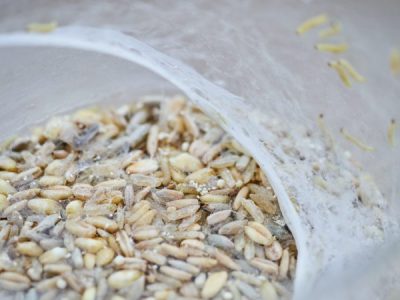Have you been sleeping less comfortably? Maybe a tiny itch here and there, increased allergies, or you’ve been noticing strange bumps when you wake. Well, we have bad news and good news.
The bad news is, you may have a pest infestation in your mattress; the good news, you might have caught it in the early stages. A clean bed is beneficial for a list of reasons, but one of the biggest is preventing pests that want to share your sleeping space.
And trust us, they don’t make good cuddle buddies!
You probably want to share your bed with 2 legs, not 11,000 legs. So getting into the correct cleaning habits is vital if you want to maintain your privacy at night.
Follow our tips and keep your bed pest-free!
Noticing Pests
It’s easy to jump to the conclusion that you have bed bugs when you notice the first signs of insect infestation. But, there are plenty of species besides bed bugs that can make a home in your mattress. Insects ranging from dust mites, fleas, German cockroaches, carpet beetles and bat bugs are common Australian household invaders.
These bugs love dust, skin cells, blood and any other nutrients your body produces. And guess what? With the number of skin cells and other nutrient-rich secretions we release during the night, we’re giving these creepy-crawlies an all-you-can-eat buffet!
What To Look For
Infestation isn’t always evident, especially in the early stages. A few itchy bites here and there and a slight tickle in the night. It’s safe practice to do regular inspections and cleans off your mattress. If you find any of the following, you may have the makings of a pest infestation if you don’t act quick:
- Rusty stains on the sheets/mattress (caused by crushed bugs)
- Dark black or brown dots (bug excrement)
- Small yellowish shells in the deeper crevices of your bed
- Live bugs
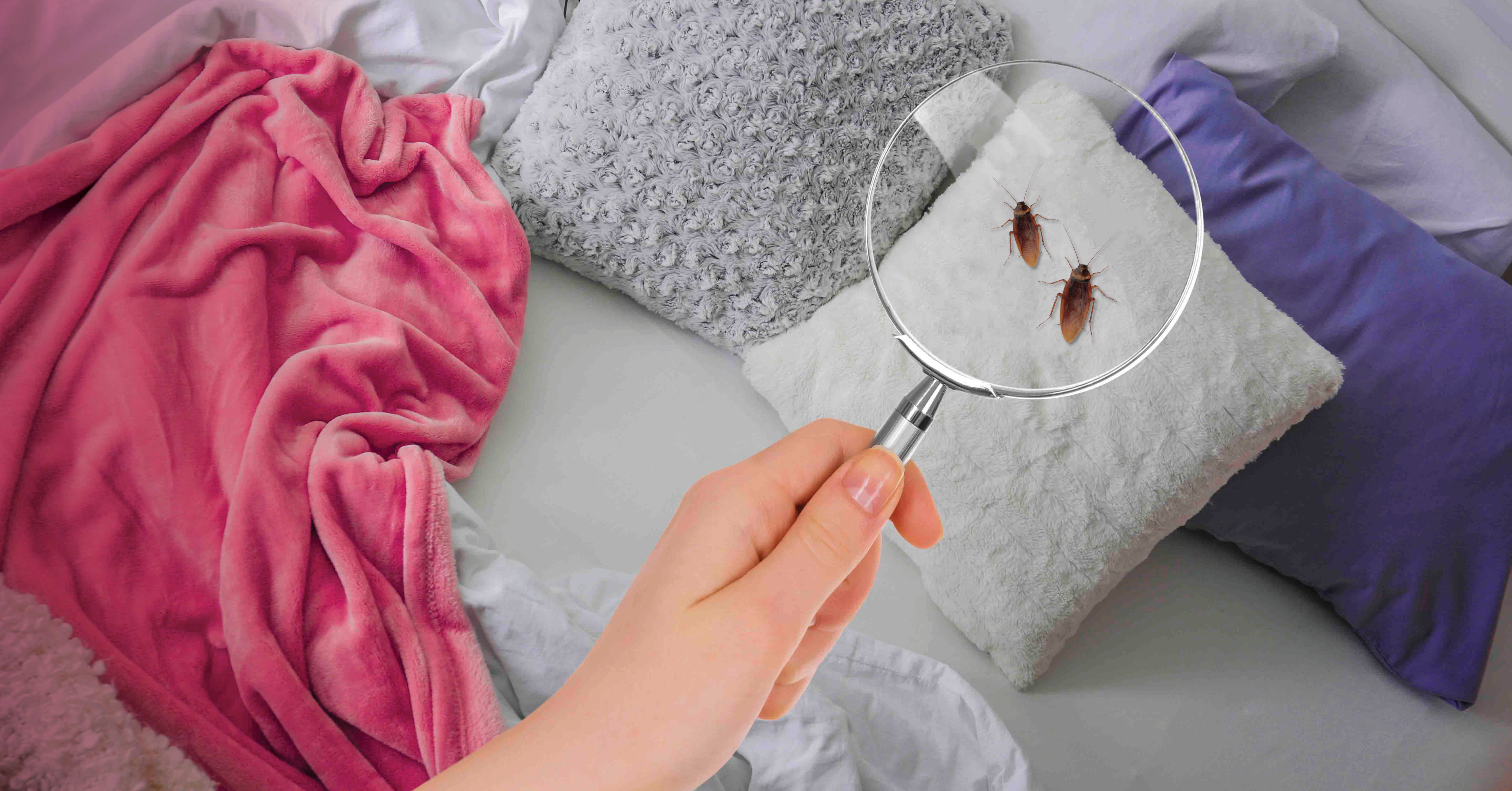
Clean Your Bed Each Month
This rule applies whether you’ve identified a problem or not. The best way to avoid infestation is to never give insects a habitable space. It’s common practice to clean your mattress every month to remove the built-up particles and keep it fresh for you. And we mean clean your bed each month, not just changing the sheets or mattress protector. Dust can find its way into the deepest crevices, so following a solid cleaning routine is paramount.
Still, that’s easier said than done. Sometimes you can do everything right and still share your bed with thousands of little nasties. If that happens, you’ll save yourself time and money by hiring professional help. Read on for tips on how to clean your bed and check for pests.
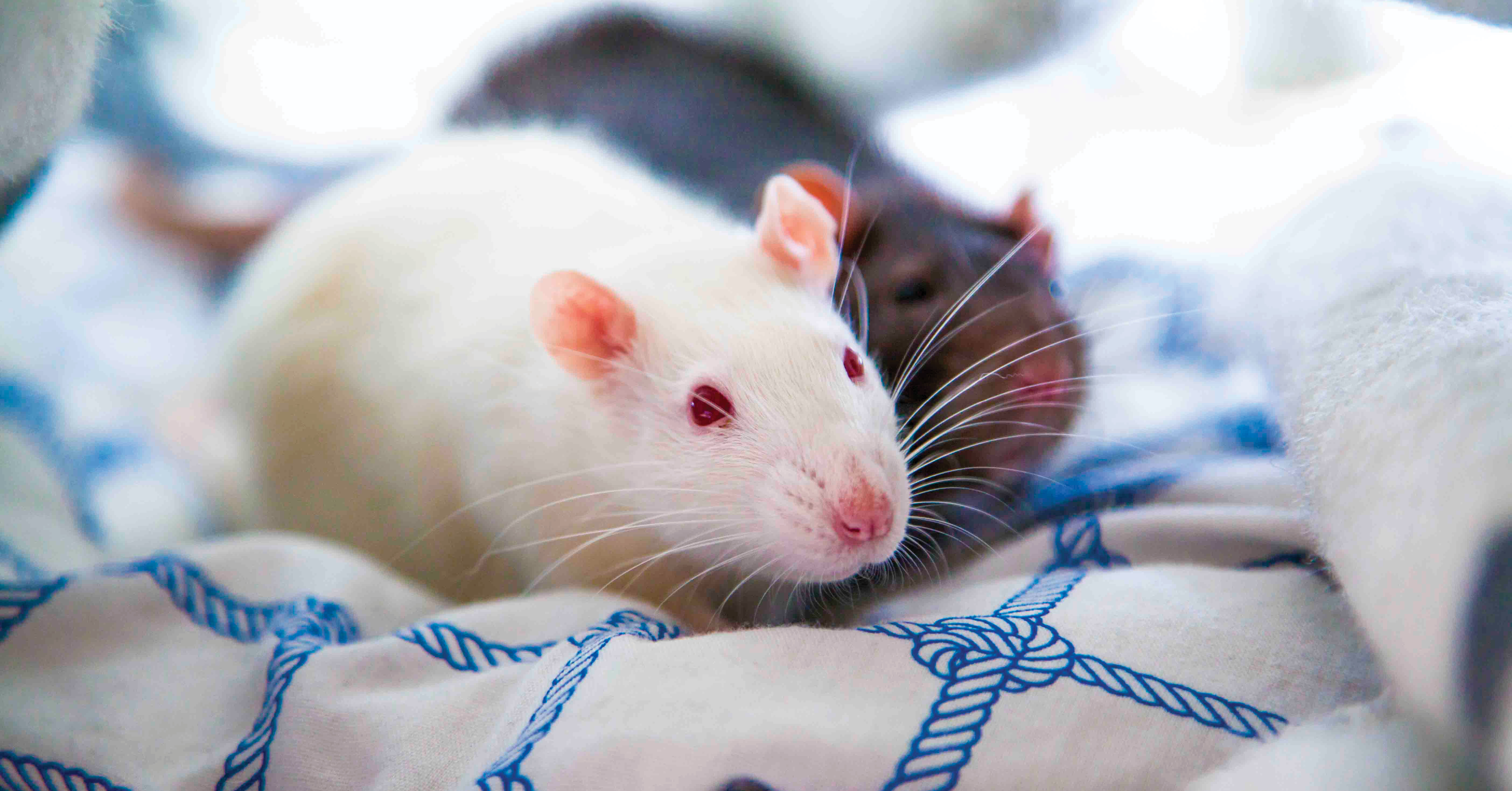
Follow These Points To Keep Your Mattress Fresh
The mattress is often overlooked when it comes to the regular home clean. Giving it a deep clean can be a big job and one that is often pushed to the side. Still, a clean mattress can significantly improve your comfort, alleviate allergies, remove bad odours and remove cells that could attract insects.
Whenever you do a tidy-up, follow this checklist:
- Change your sheets – Soak your sheets in hot water every two weeks or run them through a hot cycle in your washing machine. Change them more frequently if you sweat during sleep or if you’re sick.
- Clean spills immediately – If you’ve dropped something, don’t just tap at it with a towel and call it a day. Spray stains and spills with disinfectant as soon as you notice them and work to pull the stain from the fabric.
- Vacuum the mattress – Whenever you change your sheets, run the vacuum cleaner over your mattress to remove any skin cells or dust particles. Use the upholstery attachment and press firmly into the top and sides of the mattress. Make sure to get into the quilting and seams with the corner nozzle.
- Air it out – Don’t put a new sheet on as soon as you’ve pulled the old ones off. Give your bed time to air out to remove any moisture that may be trapped inside. Airing in direct sunlight, near a window or even outside will yield better results. Improve this process by sprinkling baking soda on top of the mattress and leave it to sit for a few minutes before vacuuming it up again.
- Fit it with a mattress protector – A good mattress protector puts a barrier between you and your mattress. This gives you a safety net when it comes to fluids, stains or dust seeping into your bed. If you sweat a lot, opt for a waterproof protector so you don’t promote mold/mildew growth. Still, make sure you’re following the earlier stated recommendations even with a protector. Lots of people become lax with their cleaning when they have a protector.
- Flip it & repeat – Flip your mattress to have access to the other side. Do not forget to repeat the cleaning process again. You have all the materials out anyway!
A Few Other Cleaning Hacks
- Dry sheets outside – This kills dust mites and other kinds of bacteria and mold.
- Spritz bodily fluids with laundry detergent – A concoction of laundry detergent and water (use cold water; hot water sets or spreads stains) can help quickly remove stains caused by bodily fluids. Most laundry detergents are formulated to break down oils, urine, blood and other fluids created by the body. Hydrogen peroxide also will work but may bleach your mattress.
Dish detergent fights oily stains – If you have a greasy stain, the best ways to remove it is with cold water, dish soap or some hydrogen peroxide. Do not use hot water, because this will cause the stains to become worse. Spray lightly onto the stained area and leave sit for a few minutes before coming back and scrubbing. Promptly dry with a towel. Do not soak the mattress, as this may promote mildew or mold growth.
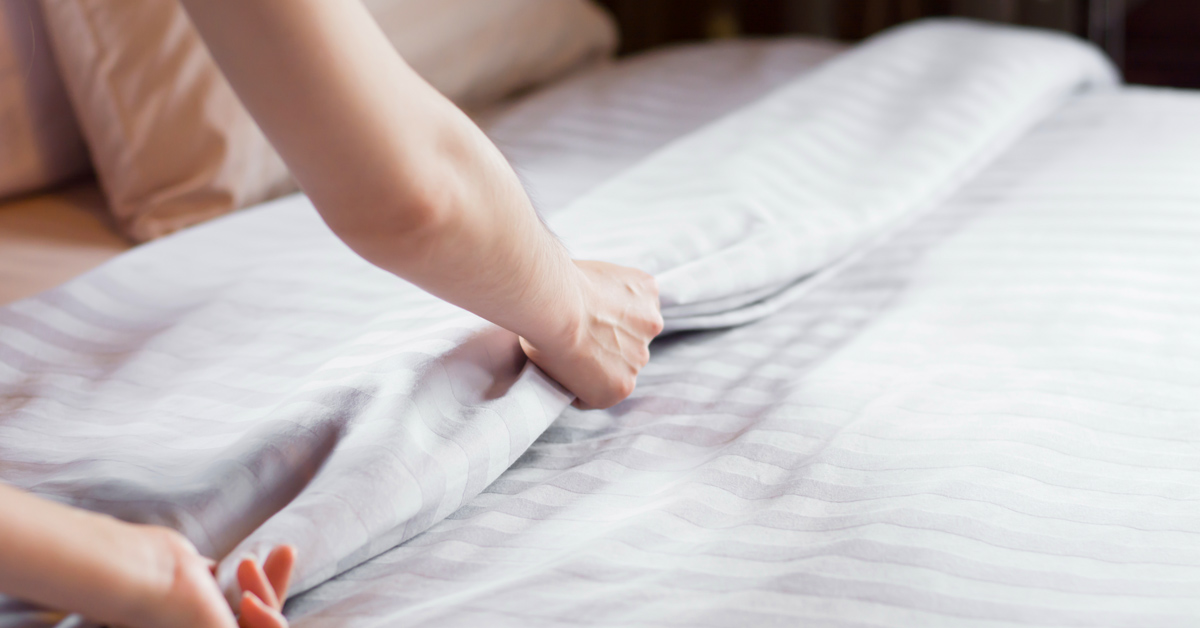
The Job’s Not Over Yet
Your hard cleaning work might be nullified if you’ve got other bedding items that are filled with bug-attracting grime. Make sure you’re properly cleaning your pillows, blankets and throws.
Pillows
- First up are pillows. Before doing anything, you need to check the label. Always wash your pillows on the water temperature indicated. Fill the machine with the appropriate water temperature and level.
- Next, place the pillows into the machine. When you do so, do not wash more or less than two pillows at one given time. Two pillows will even the load, and it helps to keep the pillows even.
- Once your pillows are in the machine, add a small amount of detergent to avoid damage. Then wash on the gentle cycle.
- Rinse twice when you wash your pillows, to make sure all detergent is washed out.
- Dry according to the label: when drying your pillows, there are two ways to do it. You can let your pillows air dry in a flat position or dry the pillows in the dryer with two tennis balls.
Quilts
Washing your quilts is a little easier than pillows, but there are still some guidelines you’ll need to adhere to. Follow these to get the best possible result:
- Machine washing: when you put your quilt in the machine, do not wash it with hot water. Set the program on a cold cycle and use a mild detergent. Once the program has run through completely, hang your quilt to dry.
- Hand washing: people who want to hand-wash their quilt can do so by submerging the quilt in a bathtub of water with mild detergent. Let the quilt soak for a couple of hours before you start rinsing. Rinse at least a few times until the water is completely clear. Hang the quilt to dry.
- Vacuum: some people choose to vacuum their quilt instead of washing it. Simply slide the end of some cut-off nylon over the hose and vacuum to get rid of any dirt. However, if you want to make sure your quilt is squeaky clean, it is better to wash it.
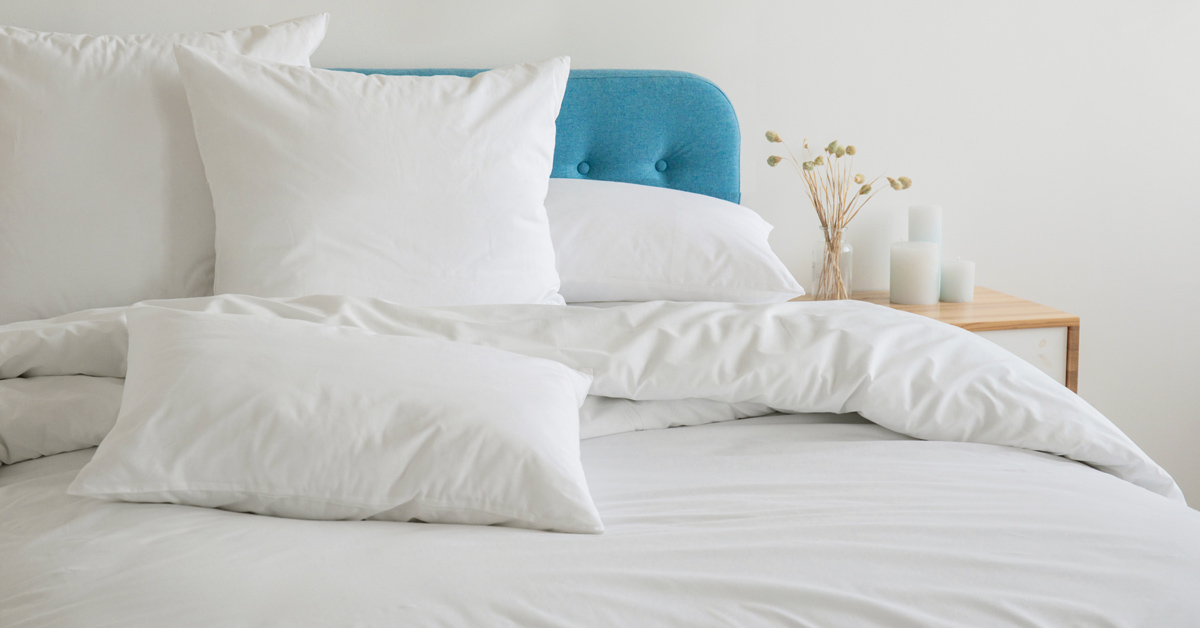
So You’ve Got Bugs?
If you’ve identified that you may have a bed bug infestation, you may be in for a long, arduous job. These small insects don’t just live in your bed; they may be infesting your walls, cupboards, wardrobes and anywhere natural materials and fibres are being used (couch, shoes, pillows, clothes, stuffed toys, etc). There are several methods to controlling these pests on your own, but they are resilient and can repopulate if even a few survive. Expert pest control can give you peace of mind knowing that those bugs won’t be coming back anytime soon. In the rare case that your problem returns, with Cure All Pest Control, your warranty will cover a free follow-up service.
Cure All Pest Control has been Brisbane’s trusted pest control name since 1966. We know how to give your home long-lasting protection from all pests. We tailor our services to suit your needs and deliver pest control solutions right for your home.



